Sparrow Force was a detachment based on the 2/40th Australian Infantry Battalion and other Dutch, British, US and Australian 8th Division units during World War II. The force was formed to defend the island of Timor from invasion by the Empire of Japan. It formed the main part of the Allied units in the Battle of Timor. The 2/40th Infantry Battalion, which had been formed in Tasmania and was part of the 23rd Australian Infantry Brigade.
As early as February 1941 Australia had agreed with Dutch and British officials that Allied troops, under Australia’s command, would reinforce Timor should Japan enter the war.
Initially, Australian plans were to send forces only to Koepang with the resulting order to embark the force at Darwin on 7 December 1941 using the transport SS Zealandia and the armed cruiser HMAS Westralia, which were available in the port. The decision to exclude Ambon was quickly changed with 1,090 troops designated “Gull Force” sent to Ambon from Darwin on 14 December using three Dutch merchant ships
“Sparrow Force”, as the Allied presence on Timor was known, landed on the Timor five days after the Japanese attack on Pearl Harbor. This was part of a strategy of seeking to defend forward airfields and also involved deploying “Lark Force” at Rabaul and “Gull Force” at Ambon.
Although agreeing to garrison Timor with troops, Allied commanders did not envisage a large-scale Japanese attack on the island. Nor did they have the agreement of the Portuguese to occupy the eastern part of the island; the colonial administration took the “extravagantly optimistic view” that Japanese forces would respect Portuguese neutrality. (Koepang) Kupang, the centre of Dutch rule, was the focus of the Japanese attack. Facing them were troops from the Australian 2/40th Battalion, a squadron of Royal Australian Air Force (RAAF) Hudson bombers, a battery of Australian coast artillery, and 1,000 Dutch troops. Surrounded and short of ammunition, they held out for four days but were forced to surrender on 23 February 1942.
A further 250 men of the Australian 2/2nd Independent Company had been sent to the Portuguese part of the island before the Japanese attack. They did not directly oppose the invasion but acted as a guerrilla force. After the surrender of the main Allied force around Koepang, 140 members of the 2/40th and some Dutch troops were able to avoid the encirclement; some were handed to the Japanese by West Timorese, while the remainder made their way across the island to join the 2/2nd.
Timor’s rugged terrain offered ideal conditions for guerrilla warfare, but the early success of these operations was made possible by the support of the Timorese people, who provided food and shelter, ponies for carrying heavy equipment, acted as porters and guides, and helped set up ambushes. Some took up arms themselves and fought alongside the Australians. Many Timorese were executed by the Japanese for providing assistance to the guerrillas. Assistance also came from the Portuguese who, as representatives of a neutral country, had been allowed to maintain order in their colony.
As Japanese pressure increased, guerrilla operations became more difficult. The intelligence provided by local people began to dry up and, from the beginning of December 1942, operations were wound down. Early that month the 2/2nd evacuated 190 Dutch troops and 150 Portuguese, who sought refuge in Australia, before leaving the island between 10 and 16 December. After their departure, the position of the 2/4th became untenable and it too was evacuated on the night of 9–10 January 1943, lifted by HMAS Arunta. The “Z” Lancer group, from Special Operations Australia, left Timor on 10 February 1943, picked up by the submarine USS Gudgeon.
See also: Battle of Timor
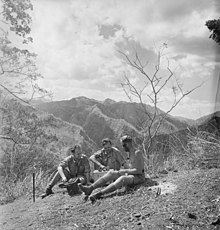
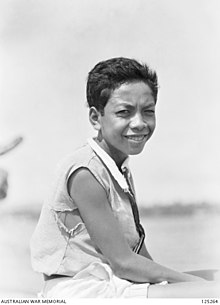

Below are pictures from a display at the Australian War Memorial taken by Paul Budde April 2024
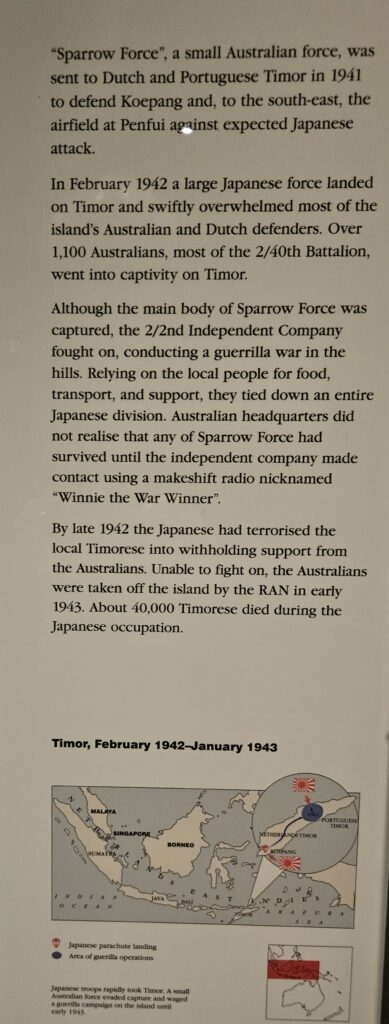
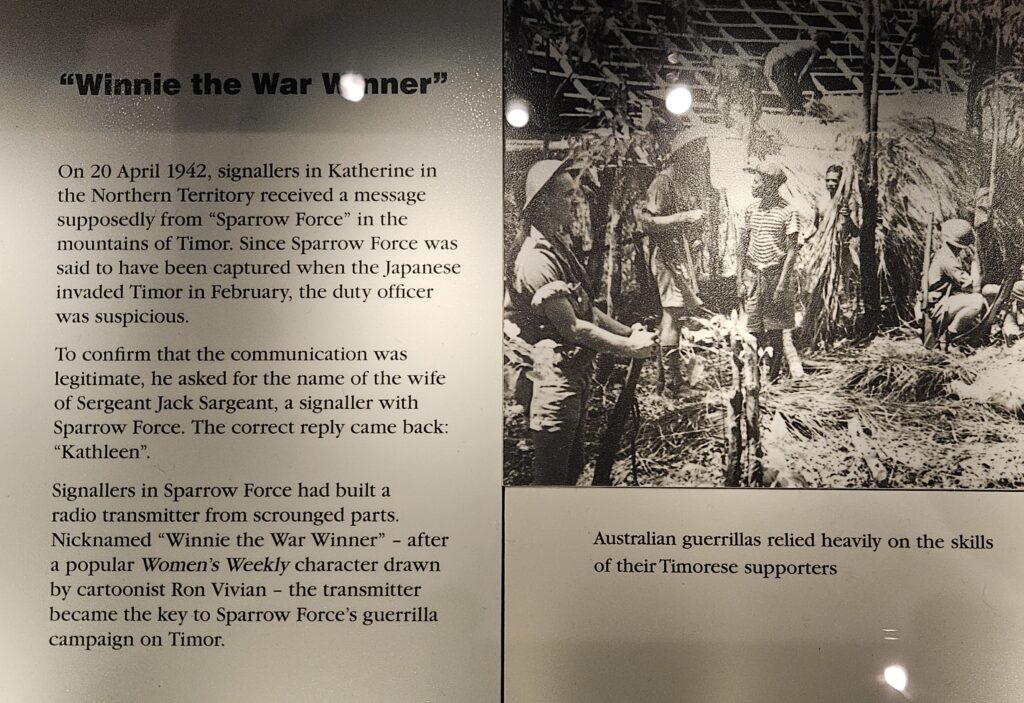
Captain Max Horstink was part of the Sparrow Force.
Sources:
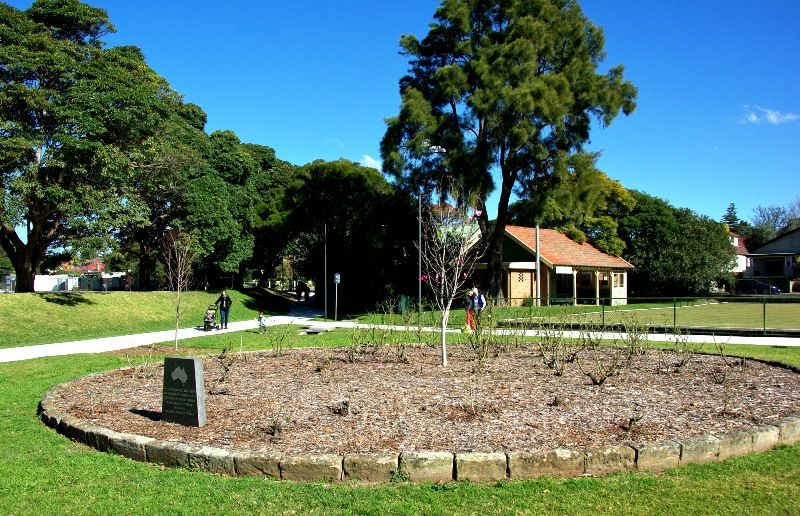
Film – Australian guerrillas on Timor, 8-24 November 1942.
“This film of the Timor Force [i.e Sparrow Force, 2/2 Independent Company, AIF] is dedicated to those many guerilla bands now fighting in so many parts of the world – who are watching and striking the enemy quick, fierce blows. The day is surely coming and the Japs realise this – when all the hardships and valour and courage will be rewarded, and these guerillas will be at the spearhead of our offensive to drive out the yellow invader. These men of Timor are unique in that they remained an organised fighting body all through the lightning Jap successes and that for months there was no contact between them and the mainland and the Allied command thought that the force had been annihilated. Indeed the Japs boasted to the natives that they had wiped it out but that dirty lie was wiped from their mouths by this highly-elusive, hard-hitting band which has killed nine Japanese for everyone of our boys killed in action. These lads are writing an epic of guerrilla warfare”.
Identified personnel are: Corporal McKenzie, “Doc” Wheatley (WX13365), brothers Stan (WX11372) and Charlie Sadler (WX11374), ———-Lieutenant Jerry MacKenzie (WX5369), Company Commander Major Geoff Laidlaw (NX70537, Newcastle), NCOs Scotty Taylor (WX8527), Jerry Haire (WX10744), Dud Tapper (WX10512), Bob Palmer (WX10893) and Ray Aitken (WX10542), Major Bernie Callinan CO (VX50081), Captain R R Baldwin (VX50054, Melbourne), “Rocky” Williams (WX13371, Kalgoorlie miner), Lieutenant Johnny Rose (NX65630, Sydney), Dutch officer Lieutenant Edward Snell, Sergeant Bill Tomasetti (VX28767), Lieutenant Colin Doig (WX11054), Godfrey Merritt (WX11604), Vic Schmidt (QX21226), CO of Sparrow Force Lieutenant Colonel Spence (QX6455), Eric Herd (NX52731, Sydney).


